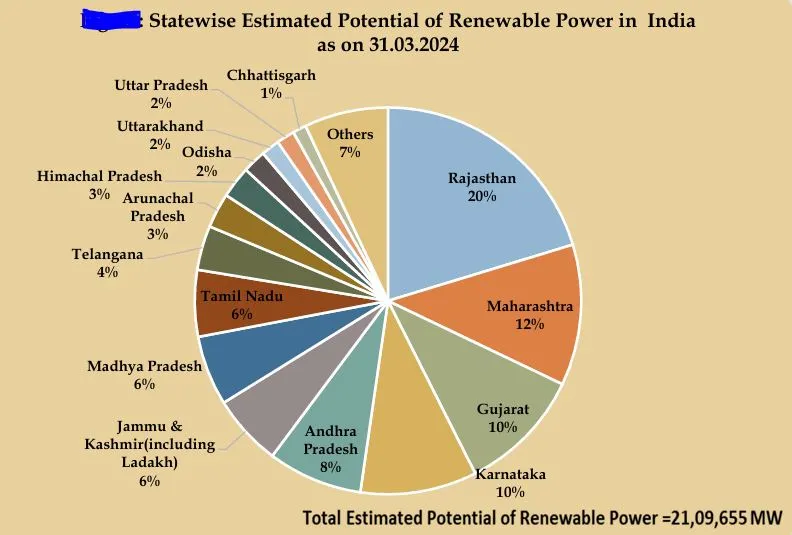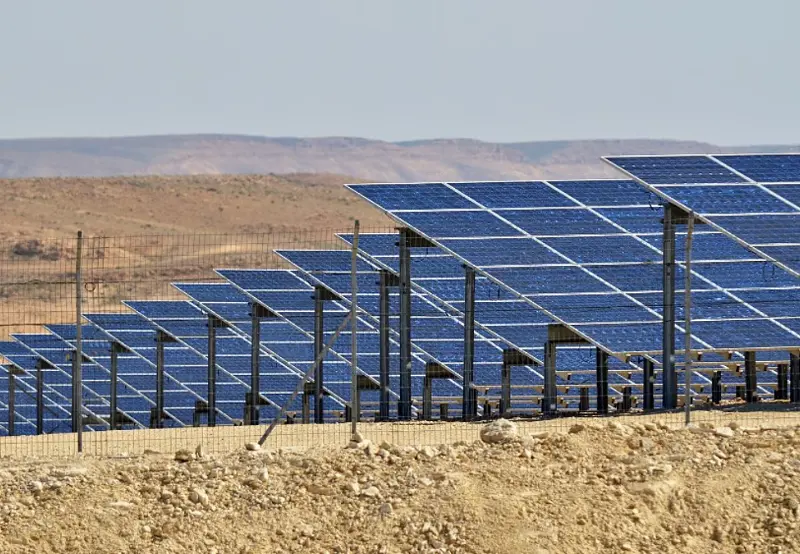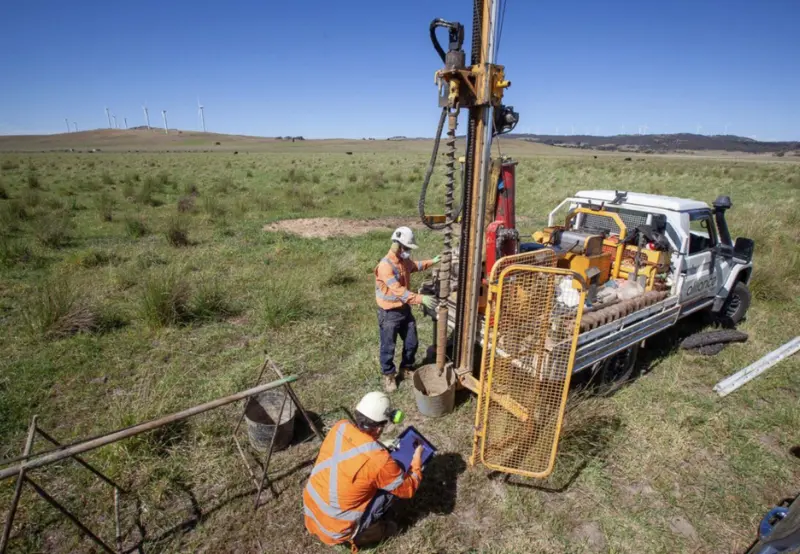Discover how India renewable energy surge accelerated in June 2025 with 21 GW new capacity, grid reforms, green hydrogen deals & storage—find insights now!
India renewable energy surge ignites grid reforms & green deals ⚡
Table of Contents
- Historic Capacity Jump: 21 GW in Five Months
- ISTS Waiver Expiry & Tariff Impact
- Grid Modernisation & Policy Shake‑Up
- Storage & Green Hydrogen Rising
- Major Project Highlights
- Outlook & External Resources
India renewable energy surge took off in an electrifying way this June, with 21 GW of new solar and wind capacity added between January and May 2025, and more installations expected through June 30 due to expiring subsidies .
1. Historic Capacity Jump: 21 GW in Five Months
The implementation of waiver-driven incentives on interstate transmission system (ISTS) charges—first introduced in 2016—resulted in an unprecedented build‑out. These waivers, valuable for 25 years post‑commissioning, freed developers from transmission levies, prompting a rush to complete projects before they ended.
2. ISTS Waiver Expiry & Tariff Impact
From 1 July 2025, ISTS charges resume at 25%, increasing annually to full rate by 2028. While this raises renewable tariffs by up to ₹1.5/unit, phased implementation allows smoother transition. Long‑term, this is expected to spark state‑level grid upgrades and encourage local renewable consumption.
3. Grid Modernisation & Policy Shake‑Up
New policy proposals require distribution companies to secure regulatory approval within 30 days of signing clean‑energy contracts—or face automatic extensions—ensuring faster deployment across solar, wind, and green hydrogen sectors. This is part of India’s strategy to reach 500 GW clean-energy capacity by 2030.
4. Storage & Green Hydrogen Rising
The sector is gearing up for battery energy storage and hydrogen solutions:
- BESS tenders in Andhra Pradesh aim for 500 MW/1 GWh, with 225 MW awarded in Tranche II.
- MNRE’s roll-out of series‑approval testing for PV inverters aims to improve system reliability.
- Toyota Kirloskar and Ohmium International joined forces to scale green hydrogen solutions in India.
These strides, backed by green loans (e.g., ₹80 million from DBS to Aseem Infrastructure) , signal robust interest in clean-energy finance.
5. Major Project Highlights
A wave of headline‑making projects has emerged:
- THDC’s 184 MW clean‑power PPA for the Tehri PSP project in Gujarat.
- Gentari’s commissioning of a 150 MW open‑access solar park in Maharashtra .
- Adani’s pilot 5 MW off‑grid green hydrogen plant in Kutch, Gujarat—India’s first.
- Toyota Kirloskar & Ohmium’s green hydrogen collaboration.
- International ventures: Meta’s 360 MW EAPA with Adapture Renewables (USA); METLEN‑Jinko ESS storage deal; Norway’s Karmsund‑HydePoint green hydrogen plan.
6. Outlook & External Resources
India renewable energy surge isn’t slowing. With ambitious goals—500 GW non‑fossil capacity by 2030, including 250 GW of solar—the government is pushing grid reforms, storage, financing and hydrogen. Yet, challenges remain: land acquisition, tender demand, PPA delays and transmission bottlenecks.
“Electricity distribution companies must act within 30 days of signing clean‑energy deals,” suggests one draft rule sensor, to eliminate historic holdups .
Top External Resources (Do‑Follow):
- INR150 renewable energy market analysis by Research and Markets
- INDIAN Solar PV & storage tariff trends, including battery cost declines to ~US $55/kWh.
- ReNew Energy’s US $2.57 b investment in a 2.8 GW hybrid project in Andhra Pradesh.

India’s renewable revolution is accelerating with a dramatic June 2025 surge—buoyed by policy shifts, finance packages, storage infrastructure, and international partnerships. As government reforms prioritise speed and grid modernisation, staying informed on ISTS charge trends, storage bids, and hydrogen deployment will be crucial for stakeholders and investors alike.






